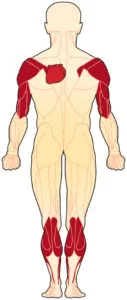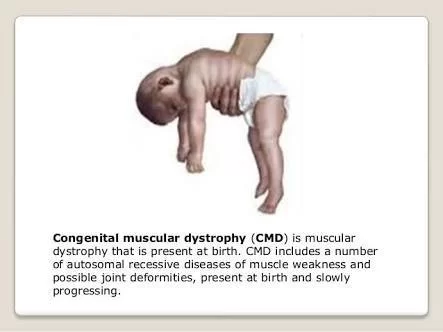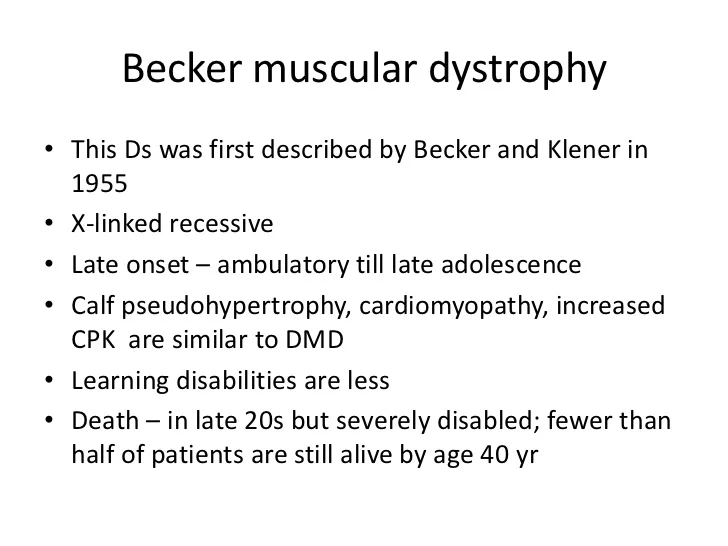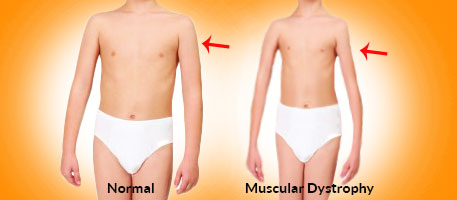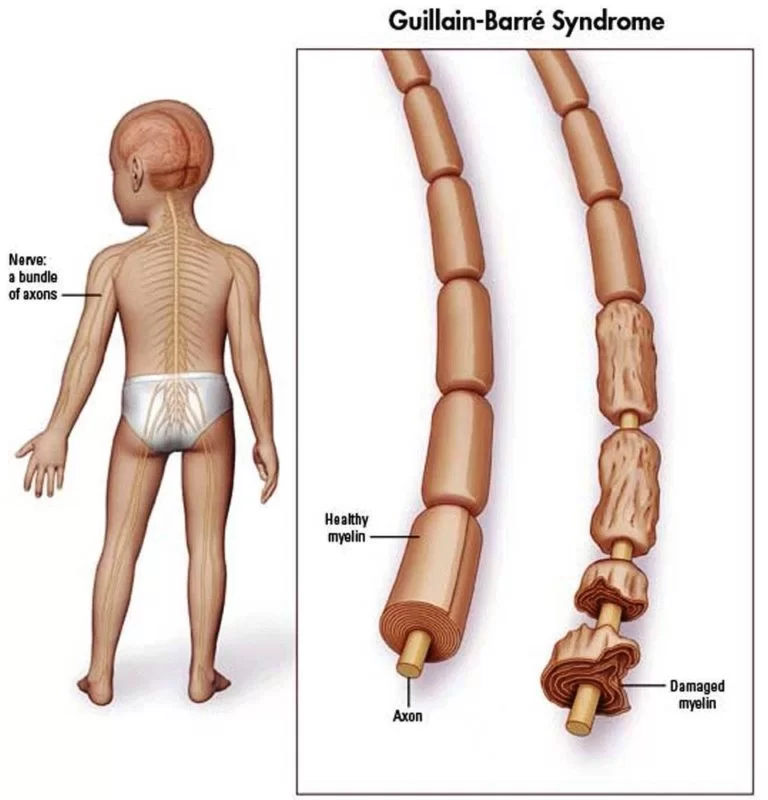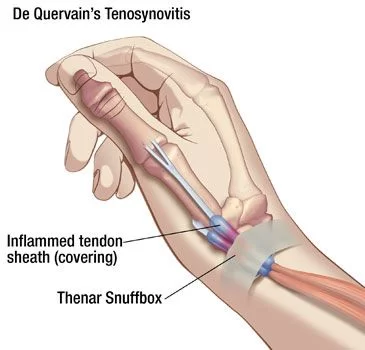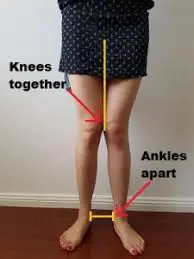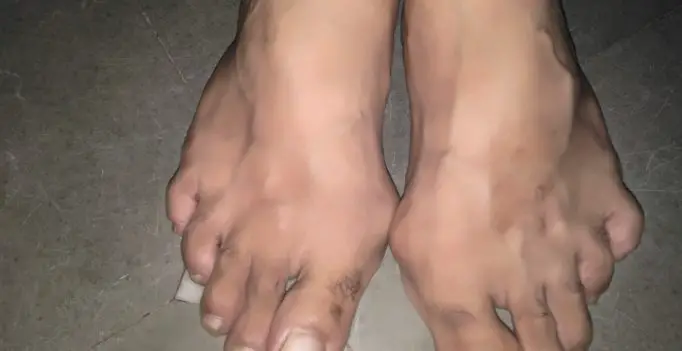LIMB GIRDLE MUSCULAR DYSTROPY
INTRODUCTION:- Limb-girdle muscular dystrophy is a group of muscle diseases that are characterized by weakness and wasting of specific muscle groups. There are two major types of limb-girdle muscular dystrophy, differentiated by their genetic causes. The first type is caused by mutations in the genes that encode the proteins dysferlin and sarcoglycan, while the…

